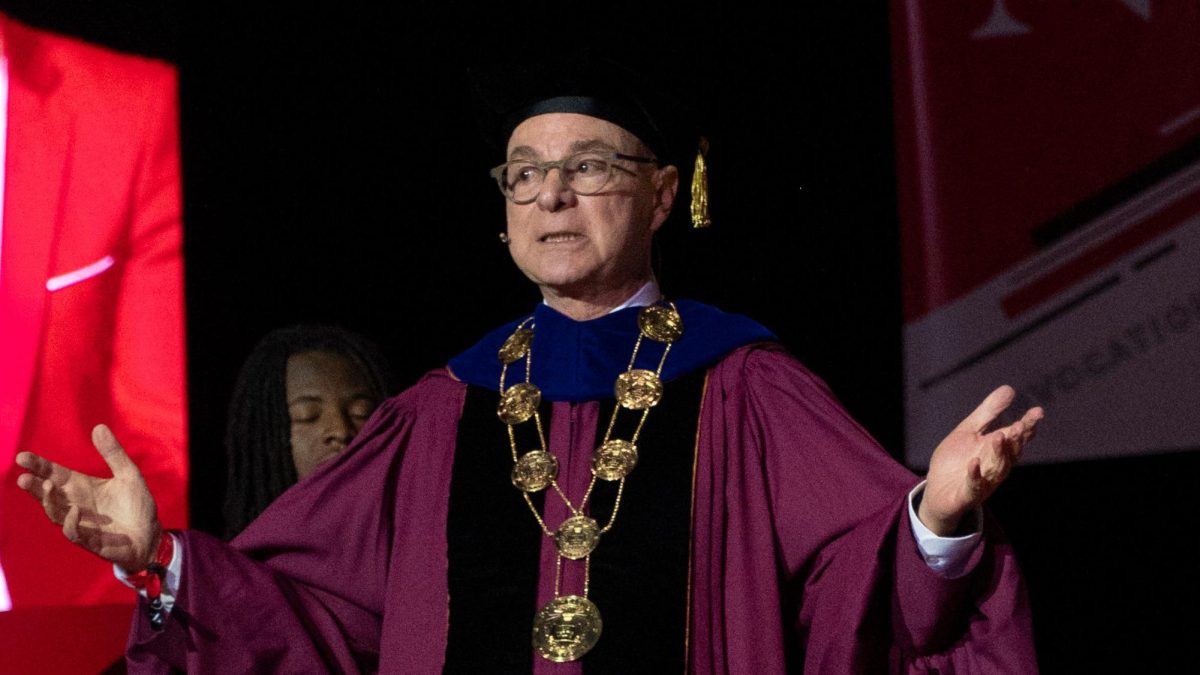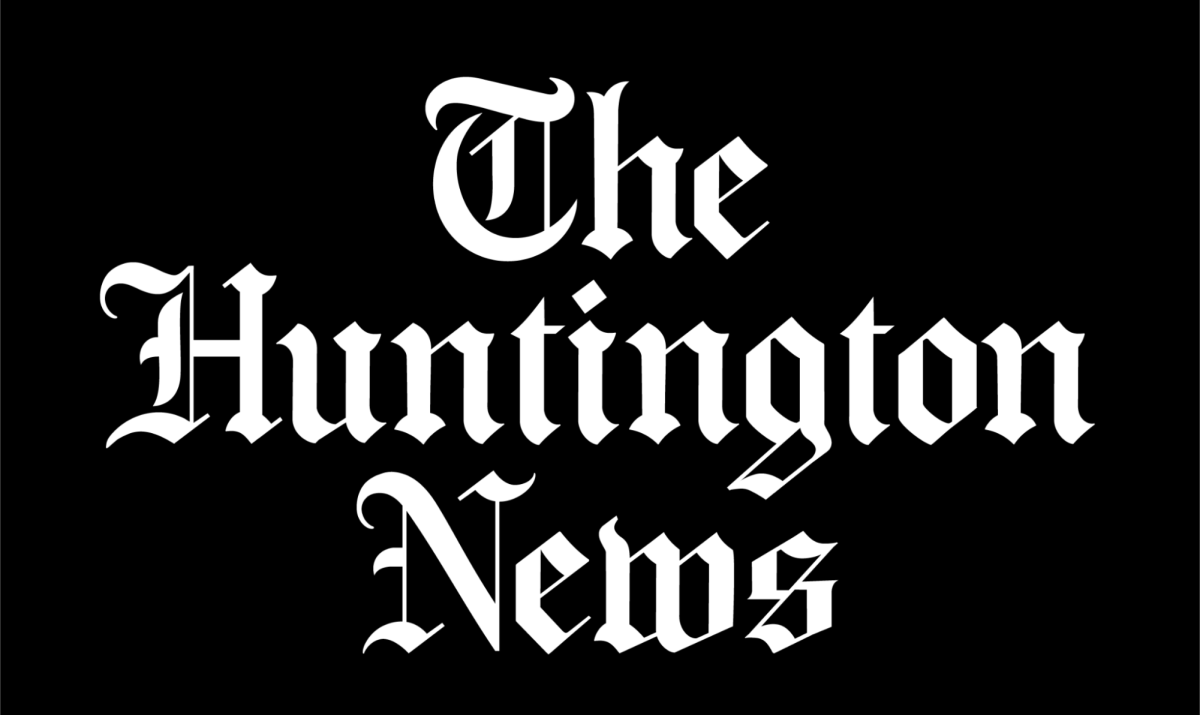Did you ever think that answering the phone could kill you? Well this is a reality for Stu Shepard.
Cellular phones have become all the rage, they are more than just a technological product that allows us to conduct our daily business. They are tools that represent the change in times. There was once a time when people demanded privacy. Believe it or not at one point in time people would hole themselves up in a plastic contraption with a sliding door to make telephone calls, this ancient commodity was known as the phone booth.
This is the setting for Joel Schumacher’s film aptly entitled “Phone Booth.” This movie is set on the bustling streets of New York. It is the story about Stu Shepard played by Irish foreign import Colin Farrell. Stu is a suave, Italian publicist who tends to bend the facts a little bit to get what he wants.
With this being the year 2003, one may wonder why it is that Stu finds himself in a phone booth. The reason being he is calling his mistress Pamela (Katie Holmes) and he does not want to call her from his cellular phone in fear of his wife tracing his phone calls. This is all we know about Stu when all hell breaks loose. He is suddenly being chastised by a voice on the other end of the telephone that resembles the killer from the Scream trilogies.
“Phone Booth” is lacking in depth and the audience is introduced to the main character for no more than 20 minutes and for an hour he is stuck in a phone booth. Director Joel Schumacher makes several attempts to clench and hold our attention, however how much can be done around a phone booth? Whoever came up with the concept that filming a movie based in one location was a good idea was sadly mistaken. Albeit it is a good way to save money, but it becomes tiresome listening to the New York traffic and watching the cops planning how they’re going to save Stu.
Schumacher likes the fact that the protagonist is such a random target for his insane sniper who has appointed himself head of the morality police. Schumacher believes it gives the spectators the feel that this could happen to them. He also likes how the script touched on the fear that most of us may harbor deep down, “There is no privacy anymore, people know a lot about us that we don’t know. There’s that deep fear that a phone’s gonna ring and you’re gonna pick it up and there will be a voice you don’t recognize that knows too much about you.”
Ultimately the audience is left just waiting for the moment that Stu will get shot, because at least that would mean that the movie would finally be over. It’s a shame that a film with such a dynamic group of people Colin Farrell, Forest Whitaker and Katie Holmes was put to waste.
It’s even much more of a surprise because the celebrated Schumacher who is known for directing classics like “The Lost Boys” and “Flatliners” was on board for this project. The movie’s only lifeline is the humor that is used to counteract what is suppose to be dramatic. Schumacher acknowledges that the humor in the film is intentional, “A lot of the movies I’ve made I use humor a lot.” said Schumacher in the confines of the elegant Ritz Carlton.
Shot on location in Manhattan in 2000, this movie was a labor of hard work that took a whooping 10 days to make. It was consistently delayed due to situations beyond the studios control like the tragedy of September 11 and the Washington, D.C. sniper attacks. The phone should have been hung up on this project a long time ago.








